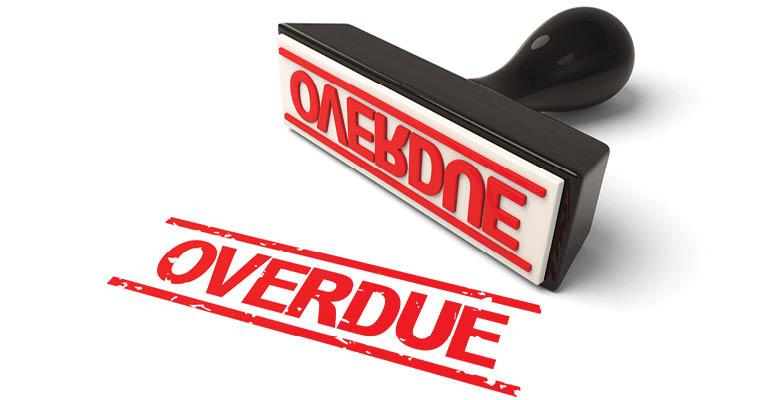All signs point to CMBS delinquencies staying at their current low level in the year ahead. The 30+ day delinquency metric had reached a new post-crisis low in December, at 1.45 percent, according to Fitch Ratings—below the last cycle low reached in February 2009. The rate was also 7 basis points below that recorded in November of 2019 and 74 basis points below the rate recorded in December 2018.
Moody’s Delinquency Tracker also recorded the lowest CMBS delinquency rate in a decade in December. The all-property 60+ day delinquency rate tracked by the firm declined to 2.77 percent during the month, according to Moody’s researchers—down 13 basis points from the rate recorded in November. It was also 115 basis points lower compared to December of 2018.
In the same vein, researchers at J.P. Morgan Markets recorded an all-property CMBS delinquency rate of 2.42 percent in December—13 basis points below the level reported in November.
The dynamic of steadily falling CMBS delinquencies is being driven by a combination of continuing loan resolutions, smaller loan maturity volumes and adequate new CMBS issuance, according to Fitch researchers. In 2019, new CMBS issuance volume in the U.S. reached $97.8 billion, according to Commercial Mortgage Alert, an industry newsletter. The figure was 27 percent greater than new CMBS issuance volume recorded for 2018.
In a report published in mid-December, Moody’s researchers noted that “the vast majority of loans with near-term maturities are well-positioned to refinance… Low interest rates, amortization and the abundance of debt and equity capital available will aid in the refinancing of upcoming maturities.”
As a result of all those factors, “Fitch expects the overall delinquency rate to remain generally stable through the end of 2020,” Fitch researchers write. They do, however, caution, that the CMBS delinquencies may rise in the regional mall sector in the months ahead. The two largest new delinquencies recorded during the month of December both involved malls—Hickory Point Mall in Forsyth, Ill. ($27.4 million) and Susquehanna Valley Mall in Selinsgrove, Penn. ($24.9 million).
Fitch data for December shows that delinquency rates fell across all major property sectors compared to November of 2019. Retail properties experienced the most sizeable drop, by 18 basis points to 3.79 percent. The delinquency rate for both office and industrial sectors dropped by 8 basis points, ending up at 1.59 percent for office properties and 0.39 percent for industrial properties. Multifamily properties saw a 2-basis-points drop in delinquencies, to 0.44 percent, and the delinquency rate in the hotel sector went down by 1 basis point, to 1.41 percent. The delinquency rate for mixed-use properties remained the same month-to-month, at 0.83 percent.
According to Moody’s data, declines in delinquencies were experienced across all property categories the firm tracks, with the exception of self-storage, where the delinquency rate has remained at 0 percent in December. The biggest decline was recorded in the industrial sector, where the CMBS delinquency rate dropped by 49 basis points, to 1.5 percent, from November to December of 2019. Retail properties experienced the second biggest drop in delinquencies month-to-month, by 32 basis points to 4.53 percent. That was still, however, the highest delinquency rate of any property sector Moody’s tracks. Multifamily delinquencies declined by 17 basis points to 2.0 percent and office delinquencies were down by a modest 4 percent, at 2.74 percent. Delinquencies in the hotel sector declined by 7 basis points, to 2.08 percent.





